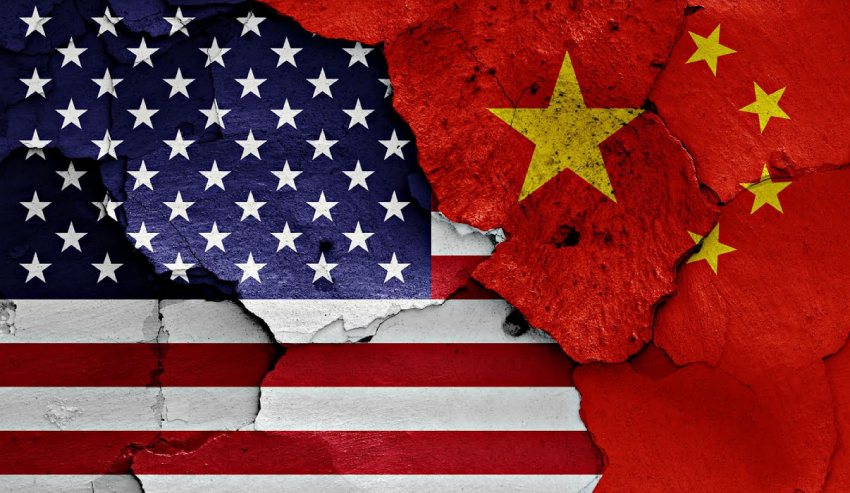US private sector intelligence company Stratfor has tipped that the US will solidify its naval presence in the South China Sea in the latest bout of US-China rivalry.
To continue reading the rest of this article, please log in.
Create free account to get unlimited news articles and more!
In its third quarter forecast, Stratfor also tipped that US President Donald Trump will continue to pile the tariffs on Chinese goods.
That could certainly have a flow on effect to the Australian economy.
And familiar threats will resurface from the Korean Peninsula as US- North Korea talks stumble.
Stratfor, based in Houston, Texas, produces annual and quarterly forecasts of global affairs and claims a high success rate in getting it right, based on its reading of geopolitics and global trends.
In its latest forecast, Stratfor said the US will solidify its naval presence in the South China Sea and continue building up defence and economic ties along China's periphery, from Taiwan to south-east Asia.
And in response, Beijing will continue strategic efforts to improve its relations with its neighbours.
“China will hold its first shared naval drill with the Association of Southeast Asian Nations (ASEAN) and China and the Philippines will make progress on maritime management and on joint South China Sea energy exploration,” it said.
“However, countries such as Vietnam and Indonesia will continue to pursue defence and economic partnerships with the US and Japan to balance against China.
China is currently participating in its first joint naval exercise with Australia, with a PLA-N frigate working with Australian and other warships in Exercise Kakadu 18.
As President Trump approaches the midpoint of his presidency, he will take his controversial trade policy into more extreme territory in the final quarter of this year. China is already bracing for more US economic pressure as trade talks between the two giants stall.
Stratfor said the war of words with North Korea was unlikely to degenerate into a full-blown military stand-off this quarter.
South Korea, China and Russia will sustain engagement with Pyongyang to stymie Washington's maximum pressure tactics, it said.
“Beijing will still keep the door to dialogue open, sticking to its offer to buy more US goods and to liberalise select sectors, but it will not cave to US demands for deeper structural reform. That means more tariffs ahead,” Stratfor predicted.
Stratfor said having completed the first phase of its tariff assault on China, Washington would follow through with a threat to impose 25 per cent tariffs on $200 billion worth of Chinese goods.
“Though the US administration could modify the tariffs list to try to soften the blow to American consumers, it has demonstrated a tolerance for incurring industrial and consumer costs in pursuit of its tariff policy,” it said.

 Login
Login







